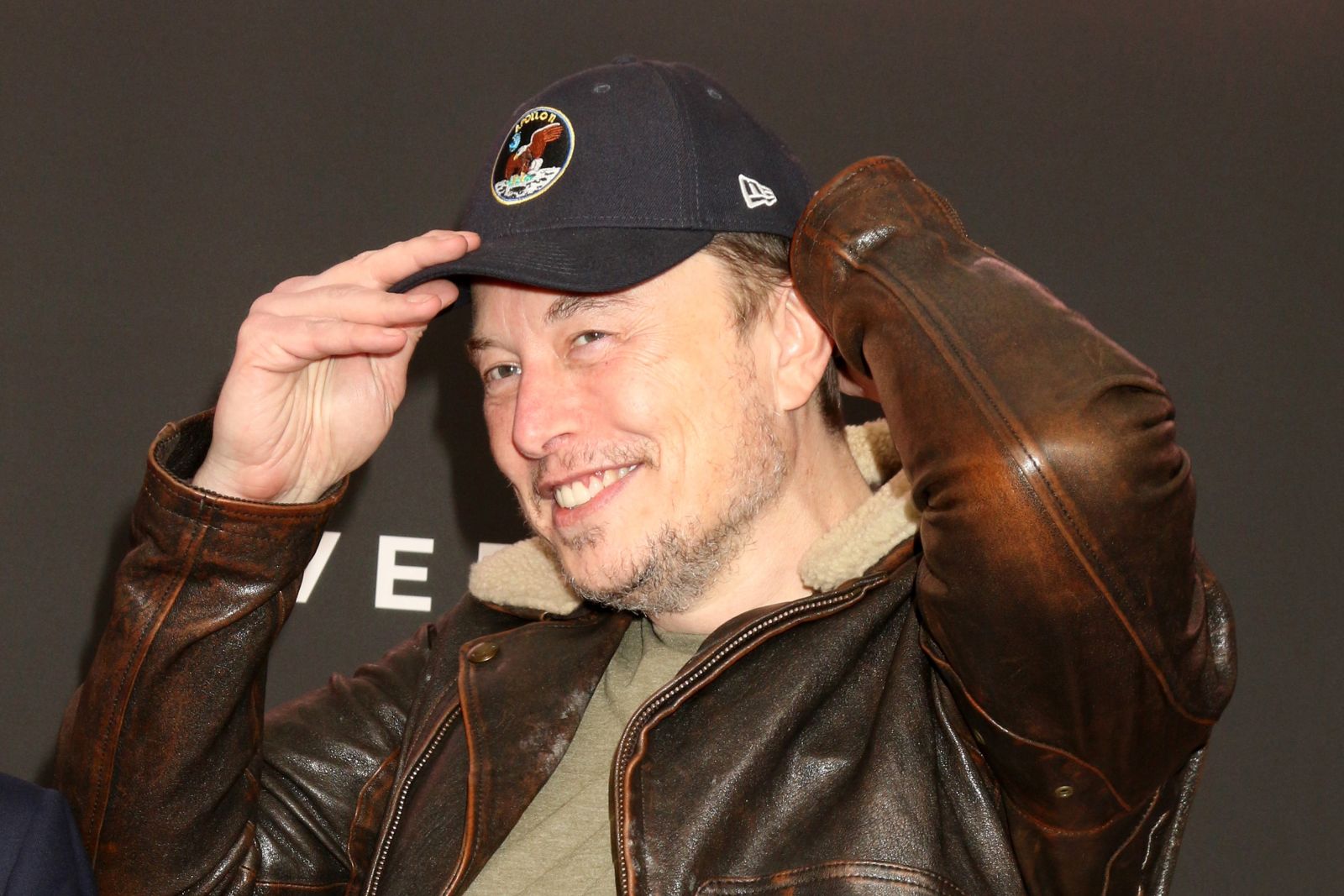
Tesla (TSLA) has always been a company that sparks both excitement and debate, and its recent challenges have only added fuel to the fire. Led by CEO Elon Musk, whose actions often divide opinion, Tesla stock has dropped 33.3% year-to-date. Analysts are now split on its future, with price targets ranging from a bearish $120 to an optimistic $550, reflecting just how uncertain the outlook is for the company.
A big part of Tesla’s struggles isn’t just about its business but also the growing backlash against Musk himself. The “anti Elon Musk crowd” seems to be affecting consumer choices, and now it's one catalyst behind a recent negative note from analysts at Stifel.
“It is admittedly hard to calibrate the impact of the backlash on CEO Elon Musk and its impact on sales, but we do believe it will impact sales in the near term,” wrote a team led by analyst Stephen Gengaro ahead of Wednesday's delivery data from Tesla.
Stifel backed its “Buy” rating, but lowered its price target to $455 on TSLA. The firm now expects Q1 deliveries of 353,418, a reduction of 23%, and FY25 deliveries of 1.86 million, a 10% haircut.
Tesla is Losing Market Share
In 2024, Tesla lost market share in all its key regions, and the trend worsened in 2025.
In January alone, market share fell by 7 percentage points in the U.S., 8 points in Europe, and 2 points in China. Many attribute this to Musk’s political involvement, particularly his role in President Donald Trump’s administration, which has alienated some of Tesla’s traditionally liberal customer base.
Despite these challenges, there’s still hope for Tesla. Analysts expect Q1 earnings per share of $0.49, up 40% year-over-year, which could signal some recovery. But with so much uncertainty surrounding the company, investors are left asking: Is Tesla’s recent pullback a chance to buy or a warning sign of deeper issues?
Tesla’s Numbers in Focus
Tesla, a global name in electric vehicles and clean energy, has seen its stock take a hit in 2025. Year-to-date, the stock is down 33%, though it remains up 53.8% over the past 52 weeks and is currently trading at $259.16.
In its 2024 earnings report delivered on Jan. 29, Tesla showed it can still deliver strong profits despite challenges. The company reported $7.1 billion in GAAP operating income for the year, with $1.6 billion coming in Q4. GAAP net income also totaled $7.1 billion for 2024, including $2.3 billion in Q4, which benefited from a $600 million mark-to-market gain on digital assets. On a non-GAAP basis, net income was even higher at $8.4 billion for the year and $2.6 billion in Q4, showing consistent profitability across metrics.
Revenue growth was steady but modest, increasing 2% year-over-year in Q4 to $25.7 billion. Higher vehicle deliveries, gains in energy generation and storage solutions, and regulatory credit revenue drove this growth.
However, reduced average selling prices (ASP) for Tesla’s S3XY models — due to price cuts and financing incentives — slowed overall revenue growth. Still, Tesla achieved impressive cost reductions, bringing production costs per vehicle below $35,000.
Tesla’s cash flow performance was another highlight of 2024. The year's operating cash flow reached $14.9 billion, with free cash flow totaling $3.6 billion. By the end of Q4, cash and investments had grown by $7.5 billion to an impressive $36.6 billion, ensuring ample funds for future expansion plans.
With a market cap of $833.59 billion and a high forward P/E ratio of 113.86x, Tesla’s valuation reflects its ambitious growth expectations and highlights uncertainties about near-term sales amid external pressure.
Tesla’s Growth Drivers Beyond the Noise
Tesla is showing its determination to grow and innovate despite its challenges. A big step forward came with its recent permit approval in California, allowing it to transport employees using its fleet. While this doesn’t yet mean Tesla can offer rides to the public, it’s a crucial move toward launching its robotaxi service. Competing with companies like Waymo, Tesla aims to dominate the self-driving taxi market. This announcement has boosted investor confidence and reinforced the company’s commitment to autonomous mobility.
In China, Tesla is enhancing its Full Self-Driving (FSD) software by partnering with Baidu (BIDU). By integrating Baidu’s navigation and mapping data, Tesla is improving how its system handles complex road conditions while complying with strict local regulations. This partnership strengthens Tesla’s position in China, a critical market for EVs, and shows the company’s ability to adapt to regional challenges.
What Experts Are Saying on Tesla’s Near-Term Outlook
As Tesla approaches its Q1 2025 earnings report on April 22, analysts are offering mixed views about what’s next for the company. The consensus expects normalized earnings per share (EPS) of $0.49 and GAAP EPS of $0.38, along with projected revenue of $22.46 billion.
Wall Street analysts are split, with 41 experts cautiously giving Tesla a consensus “Hold” rating. The average price target is $334.08, suggesting a 23.6% upside from the current price.
Conclusion
So, should you buy or sell TSLA stock? The answer depends on your risk tolerance and investment horizon. Tesla's innovative edge and growth potential are undeniable, but near-term challenges like the "anti Elon Musk crowd" cited by Stifel, along with broader market volatility, could weigh on shares. I think Tesla's stock is more likely to stabilize or rise slightly in the short term, driven by its autonomous tech advancements and strategic partnerships. I personally lean toward a cautious, moderately optimistic stance: if Tesla can execute on its near-term targets, I believe there’s potential for a rebound, making it worth holding or even buying on dips rather than selling outright.







